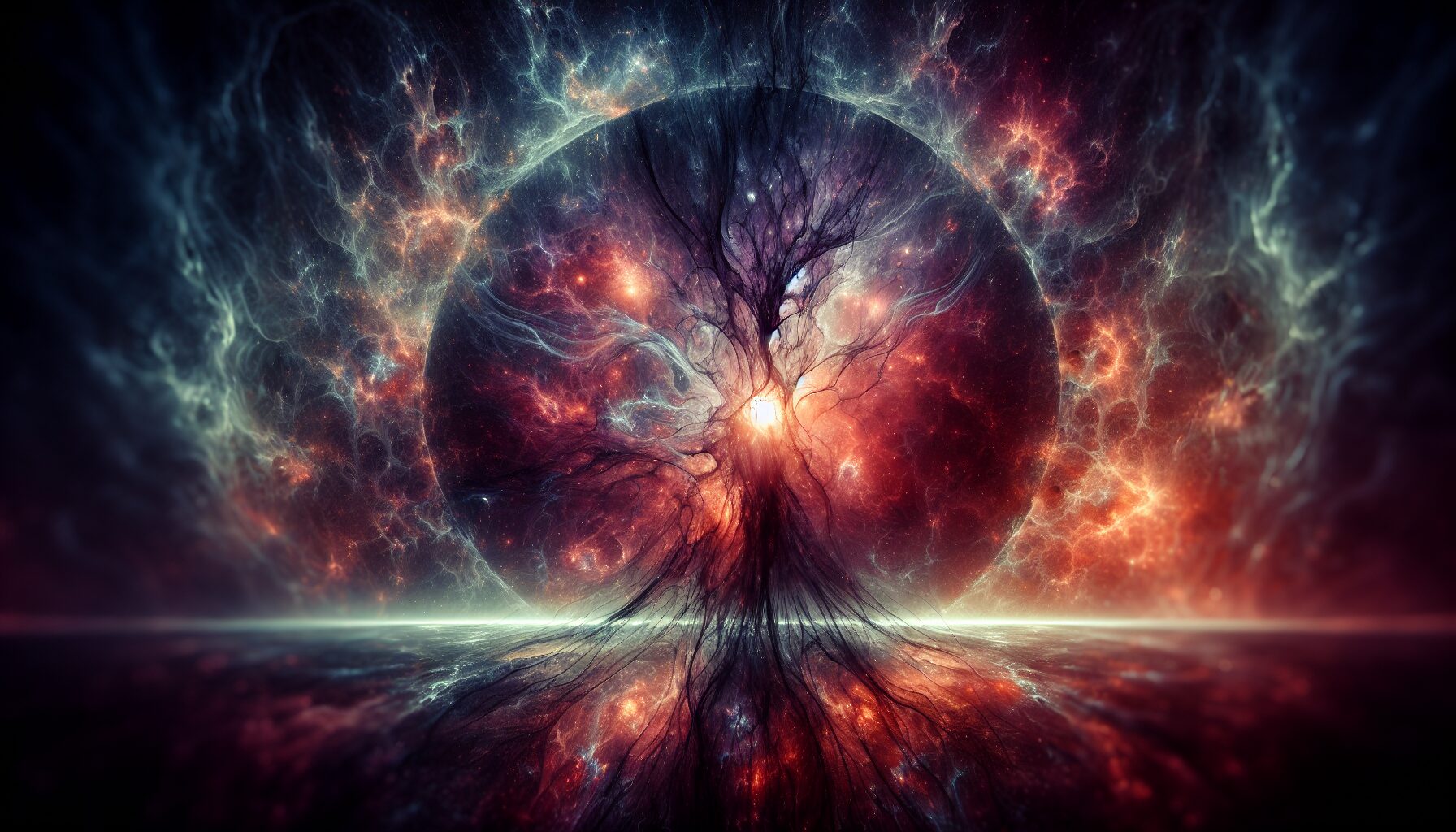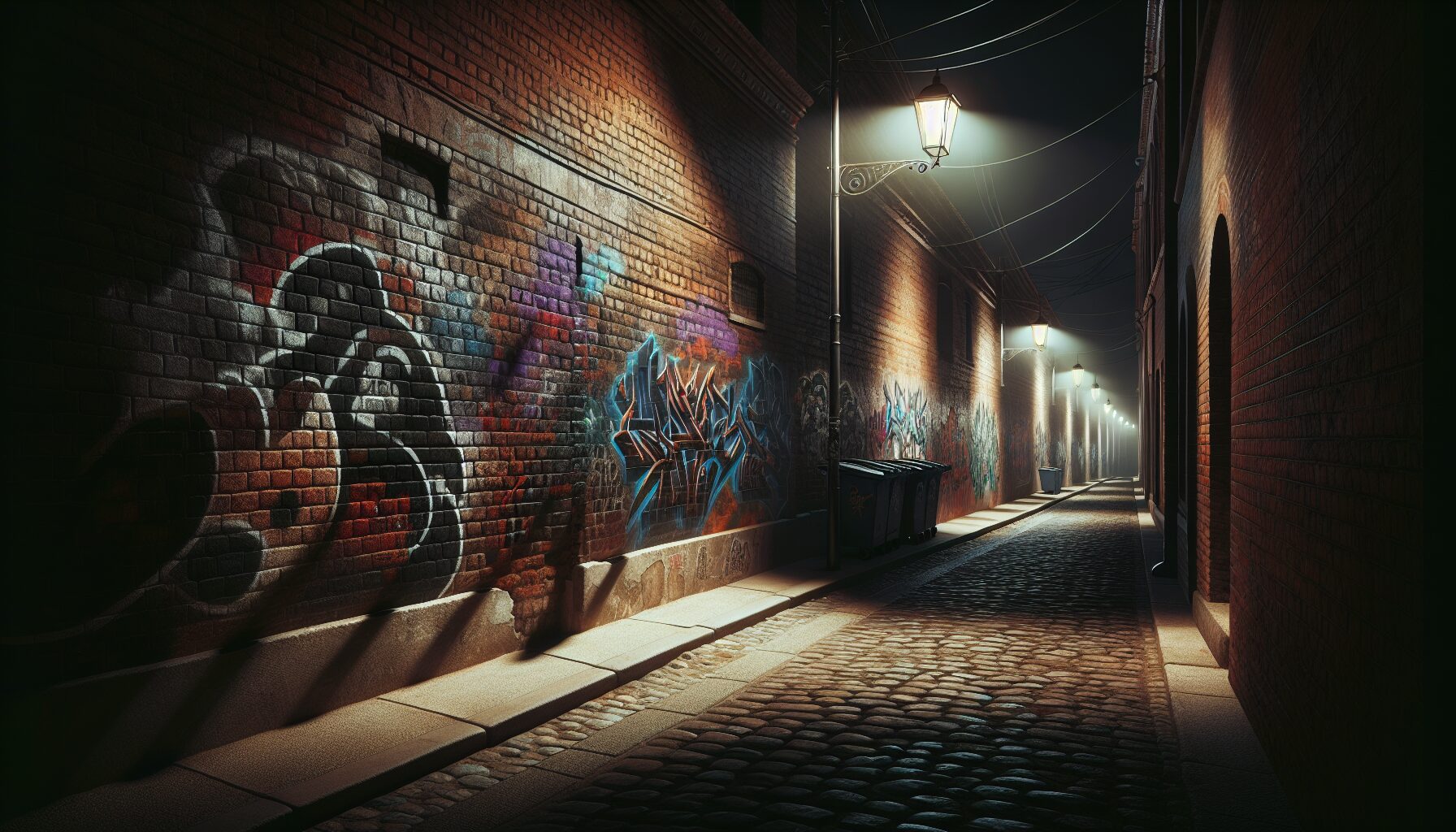The concept of decay in art has fascinated artists and philosophers alike, offering a compelling juxtaposition between the ephemeral and the eternal. Decay represents a transformation, a shift from one state to another, which can evoke a sense of the sublime—a concept that has intrigued thinkers from Edmund Burke to Immanuel Kant.
The Aesthetic of Decay
Decay in art captures the beauty found in imperfection and impermanence. The Japanese philosophy of wabi-sabi celebrates the beauty in the transient and the imperfect. This aesthetic appreciates the natural cycle of growth and decay. Embracing impermanence allows artists to highlight the passage of time and nature’s impact on human creations.
“There is a crack in everything, that’s how the light gets in.” – Leonard Cohen, Goodreads
Historical Perspectives
Historically, memento mori artworks, which remind viewers of their mortality, have incorporated elements of decay to convey the message of life’s transience. Skulls, wilting flowers, and decomposing fruit have been used to symbolize the inevitability of death and decay.
- Vanitas Paintings: These 17th-century Dutch paintings famously include symbols of mortality and decay to remind viewers of the fleeting nature of life.
- Urban Exploration Photography: The modern movement known as urbex often focuses on decaying urban landscapes, capturing the dilapidated beauty of abandoned buildings, peeling paint, and rusting structures.
The Philosophy of the Sublime
The sublime in decay evokes awe and reverence in the face of nature’s power. According to Immanuel Kant, the sublime is not found in the object itself, but in the feeling it evokes within the observer. Ruins and decaying structures can stir profound emotions and reflections on human vulnerability and the passage of time.
“The decay of beauty is, in its essence, the decay of victory. For every beauty, every victory is doomed to fade.” – Markus Zusak, Goodreads
Conclusion
Decay in art challenges our preconceived notions of beauty, prompting us to find the sublime in the cycle of life and death. It encourages a deeper appreciation for the moments we often overlook. As we observe the transformation of decay, we are reminded of the enduring power of nature and our own transient existence.


